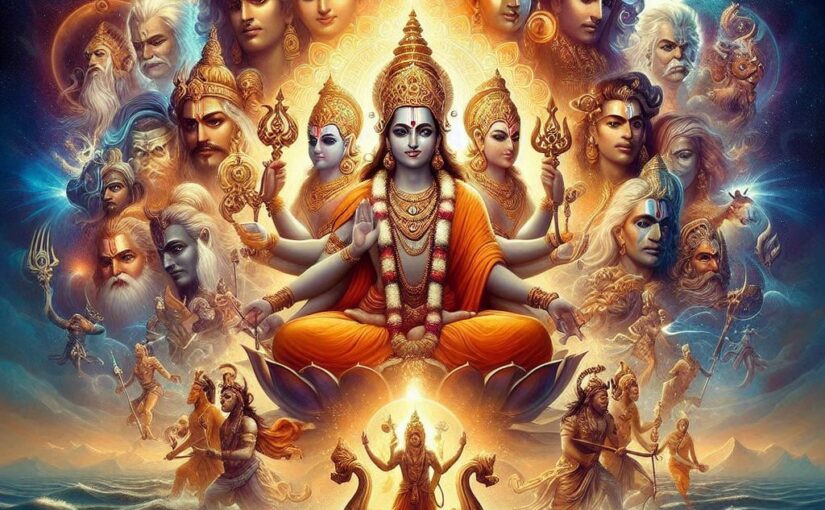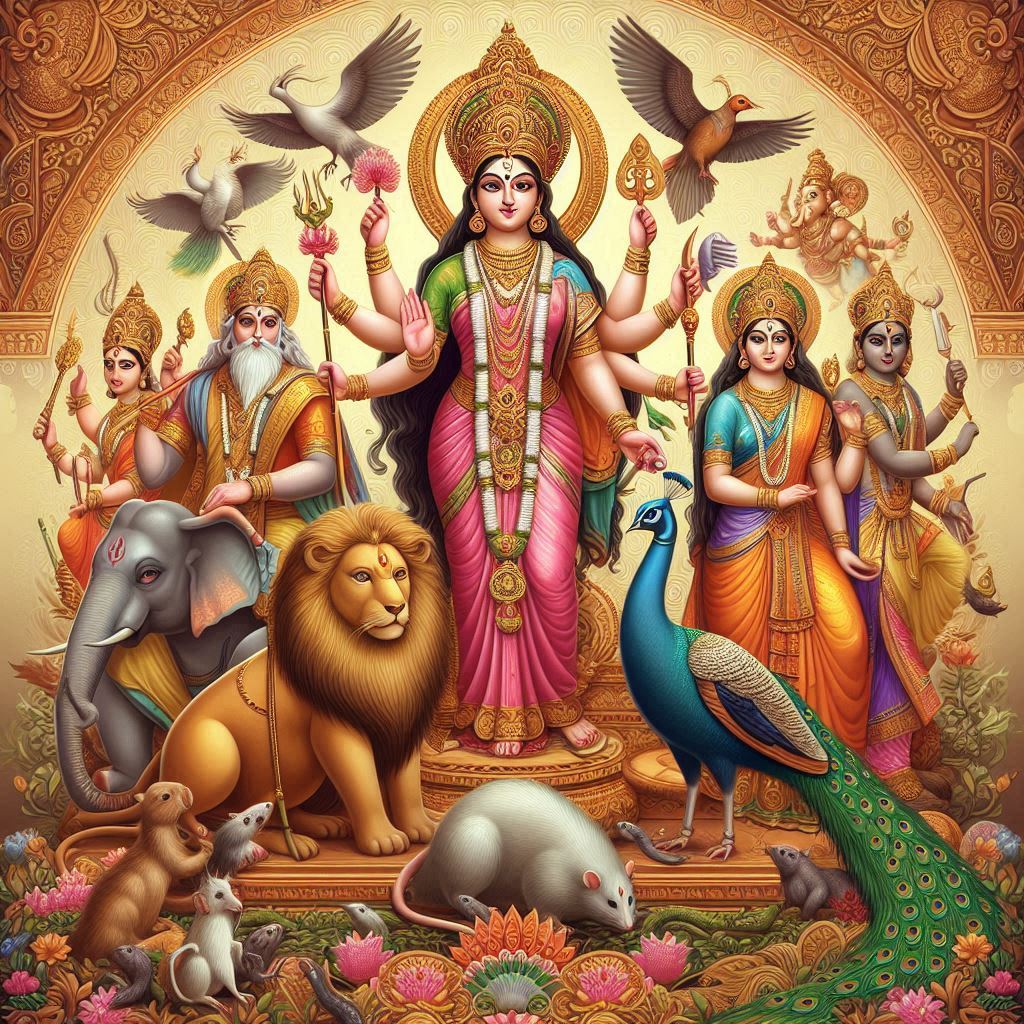For centuries, Hinduism has been misunderstood, often dismissed as a religion of idol worship. Outsiders struggle to grasp the essence of Hindu deities, viewing them through a lens of superstition rather than recognizing their profound symbolic and scientific relevance. But what if our gods are not just statues? What if they embody something far greater—universal forces that shape existence itself?
Divinity as Energy: The Science Behind Worship
When we step into a Hindu temple, we are not merely bowing before stone or metal figures—we are connecting with energies that sustain life. Each deity represents an essential force of the universe, an undeniable truth woven into the very fabric of nature.
- Shiva Lingam—the embodiment of creative energy, signifying the primal force of existence. The union of Shiva and Parvati represents the balance of masculine and feminine energies, essential for life’s creation and regeneration.
- Radha-Krishna—love in its purest form. Beyond romantic affection, Krishna’s presence in temples is a celebration of devotion, the force that infuses life with meaning and purpose. Without love, existence becomes hollow.
- Laxmi—the sustainer, representing the vital force of food energy. Without nourishment, life ceases, making her worship a recognition of life’s most essential sustenance.
- Narayan—the universal life force present within every living being. The deity signifies the sacredness of existence, the breath that animates and sustains all life forms.
Interconnected Existence: Reverence for All Life
In every temple, deities are accompanied by animals, birds, or fish—an often-overlooked detail with profound meaning. Hinduism teaches that divinity is not exclusive to gods; it permeates every aspect of nature. Remove any species from the ecosystem, and the delicate balance of survival crumbles. Worship in Sanatan Dharma is an acknowledgment of life’s interconnectedness.
Consider the Peepal tree, flourishing beside temples and generating oxygen around the clock. Is it not divine? Does its ability to sustain life make it less worthy of reverence? The wisdom of ancient Hindus led them to worship not only gods but the very forces that sustain existence.
This understanding transcends mere ritual—it is a philosophy that celebrates harmony with nature. While modern civilizations have exploited the planet, our ancestors preserved it, recognizing that survival relies on respecting every element of creation.
Gods Beyond Temples: A Lesson from Krishna
For those who struggle to accept statues as divine, consider the childhood of Lord Krishna. When Yashoda asked him to open his mouth after he had eaten soil, she saw the cosmos contained within. What had he consumed? Earth. What did she witness? The entire universe.
So, what are temple statues made of? Earth. And within them, we find reflections of the cosmos, the energies that drive existence. If we view idols not as mere stone carvings but as manifestations of the divine forces that shape our reality, their worship becomes an act of profound awareness, not superstition.
The True Essence of Hindu Worship
Ultimately, Hinduism teaches that divinity is everywhere—in energy, love, nature, and existence itself. It is not confined to temples but present in every particle of the universe. Statues are not the focus of worship; they are conduits to deeper understanding. For those open to experiencing this truth, the divine may reveal itself in ways unimaginable, just as it did for Ram Krishna Paramhans.
So, rather than dismiss Hindu worship as mere ritual, let us recognize its wisdom—the acknowledgment that we are all gods to each other, bound by the sacred duty of mutual survival and respect.



